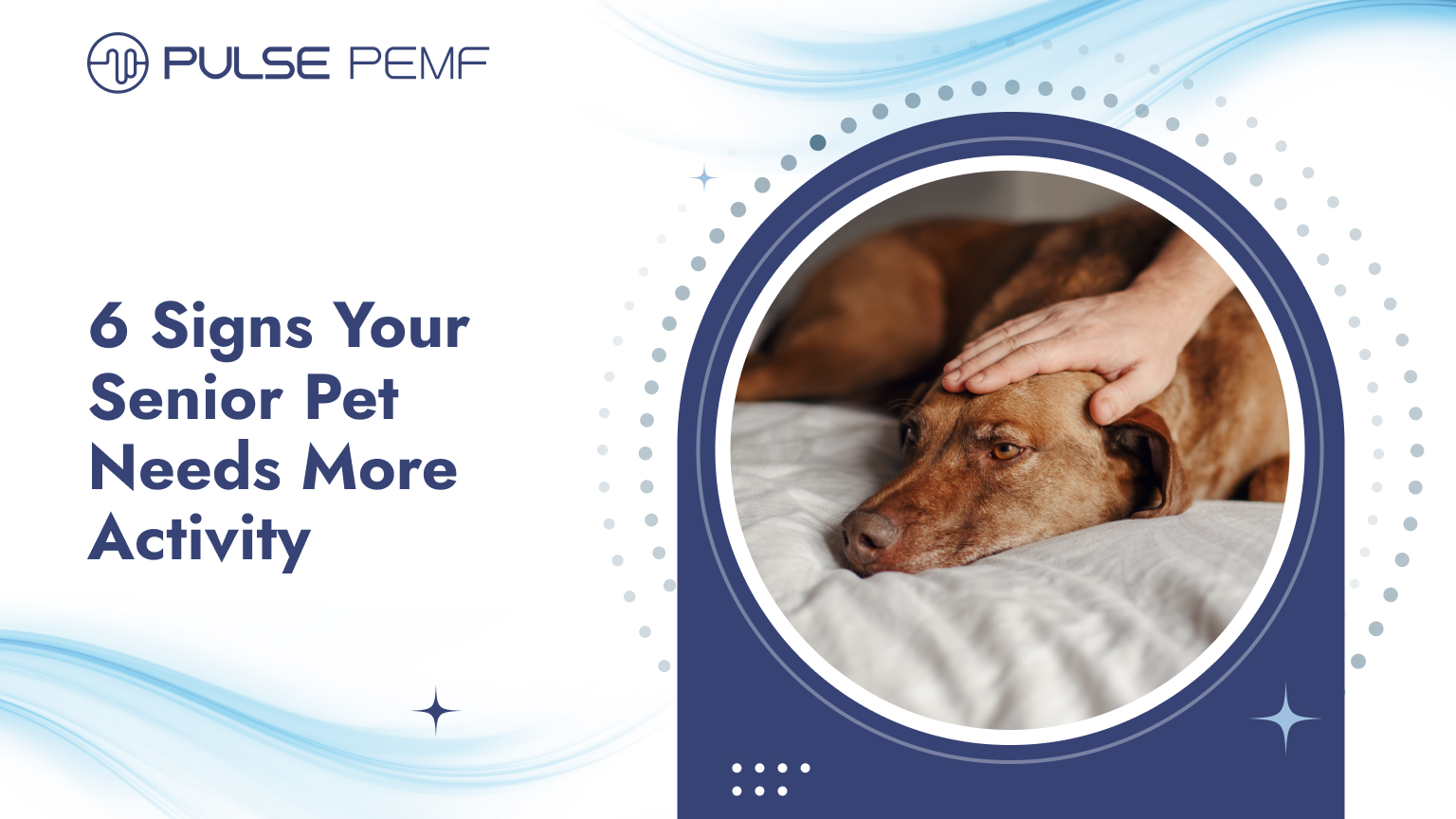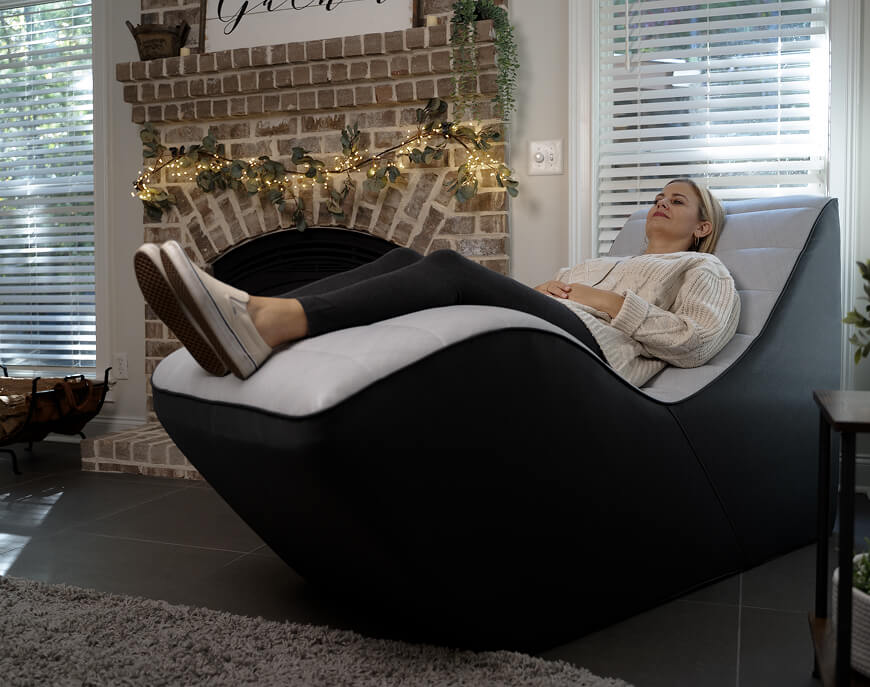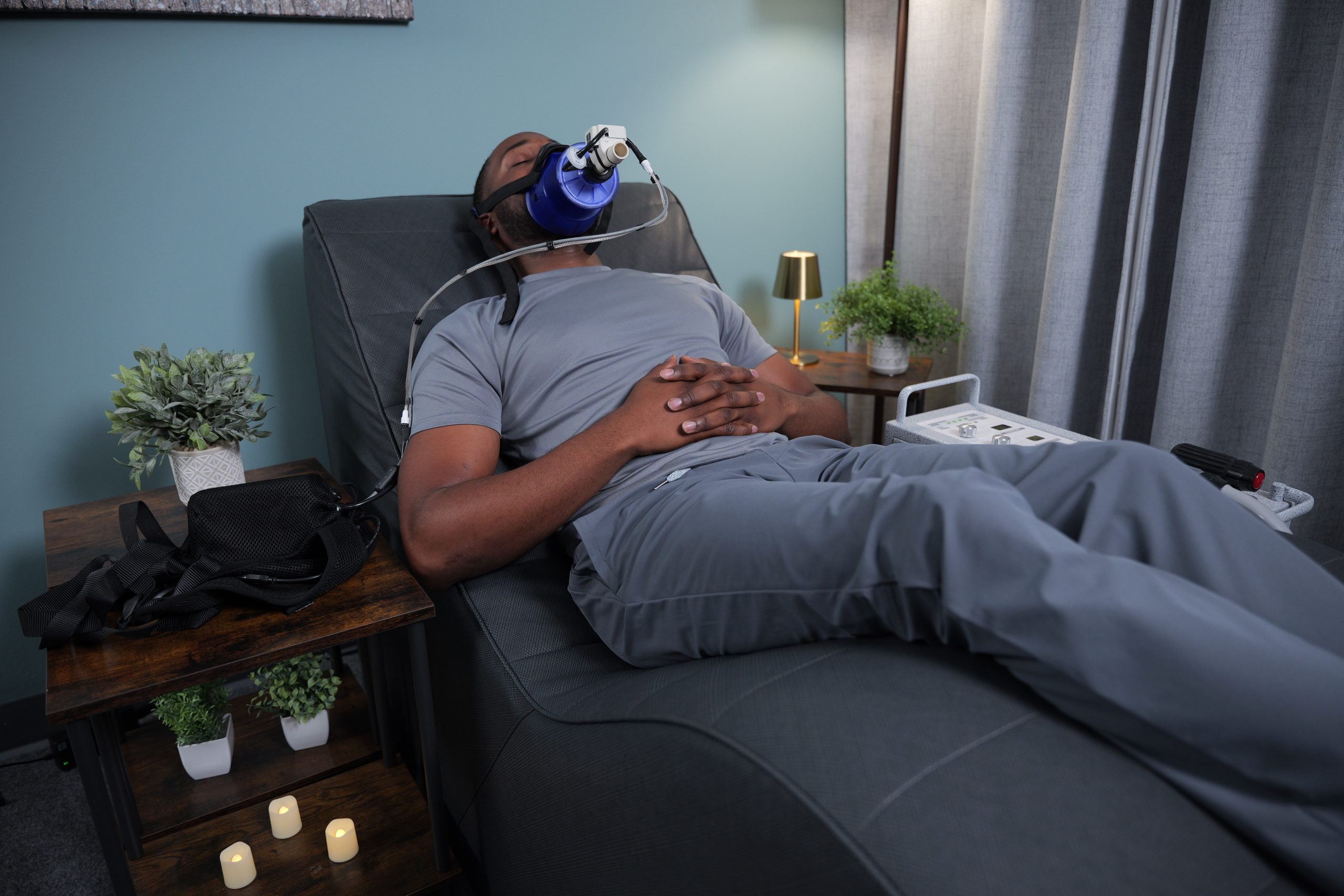As your pet ages, it’s important to ensure they remain active and engaged. Regular physical activity is crucial for maintaining their health, mobility, and overall quality of life. Recognizing when your senior pet may need more exercise can help you address their needs and keep them healthy and happy.
This blog post will discuss six common signs that your senior pet may benefit from increased physical activity. By paying attention to these cues, you can take steps to support their well-being and ensure they enjoy a fulfilling golden age.
Sign 1: Weight Gain
How Weight Gain Affects Senior Pets
As senior pets become less active, they may be more prone to weight gain. This can lead to a variety of health problems, including joint pain, heart issues, and reduced mobility. Excess weight can also put strain on the body and make it more difficult for senior pets to perform daily activities.
Tips for Managing Weight
- Light Exercise: Encourage your senior pet to engage in light exercise, such as short walks or gentle playtime. Choose activities that are appropriate for their age and physical condition.
- Proper Diet: Work with your veterinarian to develop a healthy diet plan that helps maintain a healthy weight. Ensure your senior pet is receiving the right amount of calories and nutrients.
- Portion Control: Be mindful of portion sizes and avoid overfeeding your senior pet.
Sign 2: Stiffness and Reduced Mobility
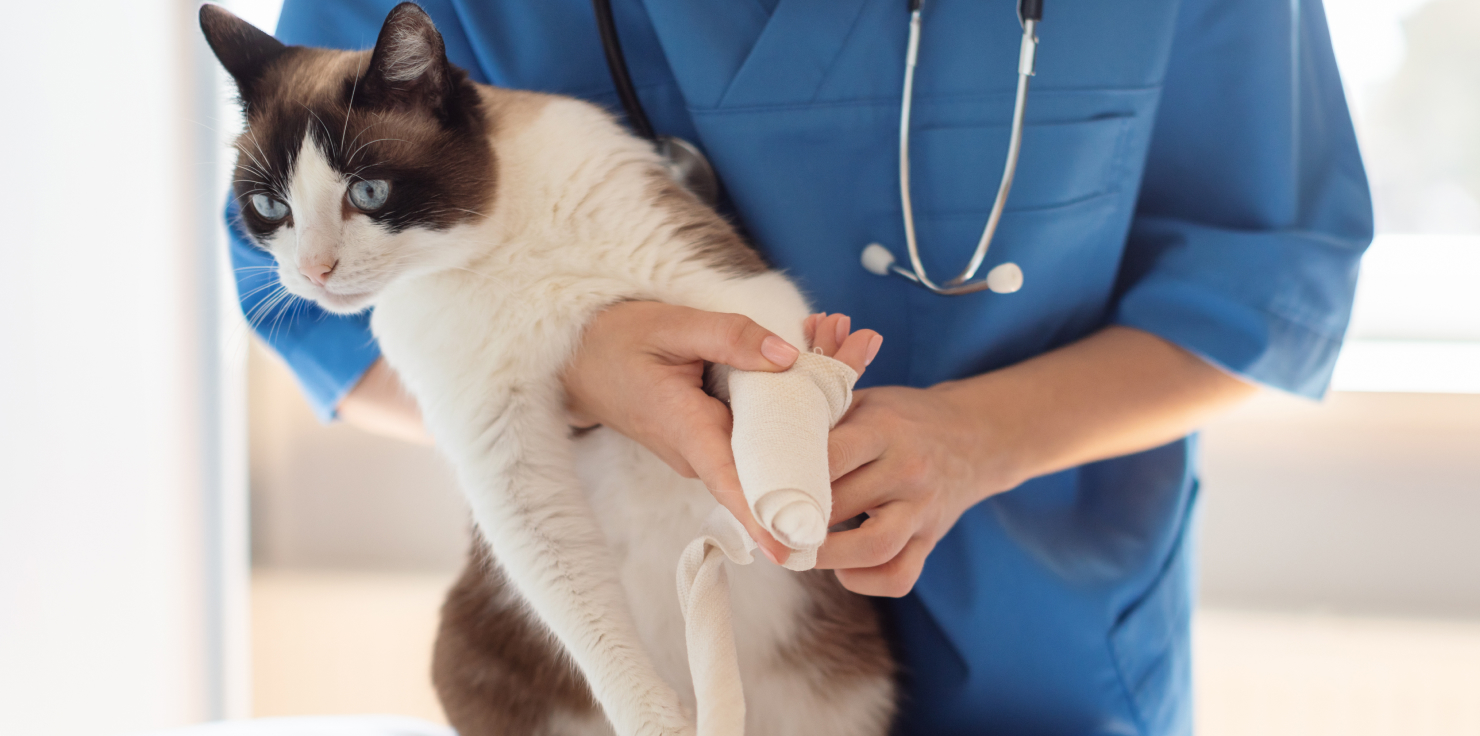
Impact of Inactivity on Joint Health
Stiffness and reduced mobility can be signs that your senior pet needs more physical activity. When pets become less active, their joints can stiffen and become less flexible. This can accelerate the progression of arthritis or other joint-related conditions.
Incorporating Gentle Movement
Encourage your senior pet to engage in gentle movement to help maintain joint flexibility and mobility. Short walks, swimming, or even playing with a favorite toy can be beneficial. Regular movement can help slow the progression of joint issues and improve overall comfort.
Sign 3: Lack of Mental Stimulation
Cognitive Decline and Inactivity
Just like humans, senior pets need mental stimulation to stay sharp and engaged. Physical activity and mental stimulation go hand-in-hand. When pets become less active, they may also experience cognitive decline. Boredom and lack of mental engagement can contribute to a decline in memory, learning ability, and overall mental sharpness.
Engaging Senior Pets Mentally and Physically
To keep your senior pet mentally and physically engaged, combine physical activity with mental stimulation. Puzzle toys, interactive games, and short training sessions can help keep their minds sharp. These activities can also provide a sense of purpose and fulfillment.
Sign 4: Sleep Changes
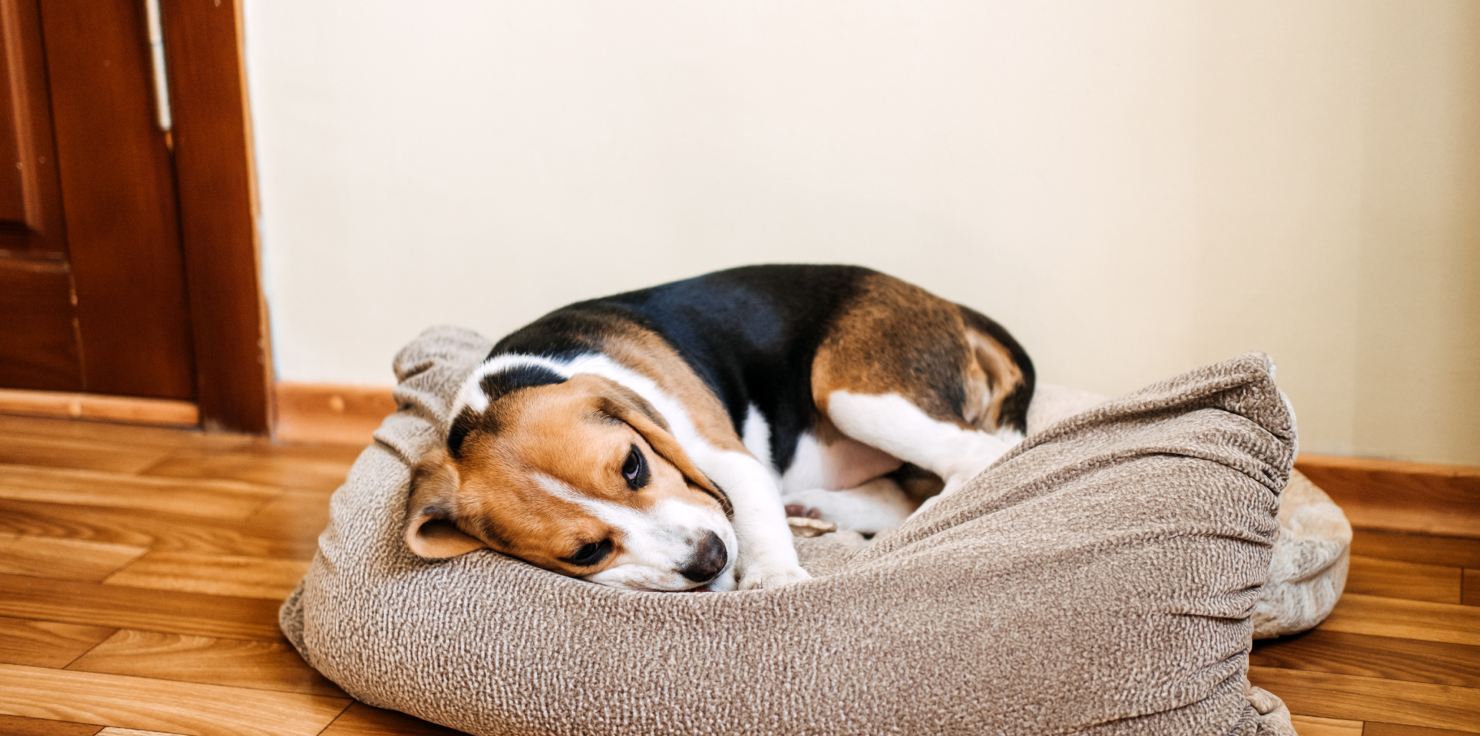
Excessive Sleep or Restlessness
An inactive lifestyle can disrupt your senior pet’s sleep patterns, leading to excessive sleep during the day and restlessness at night. When pets don’t get enough exercise, they may struggle to regulate their sleep-wake cycles.
Signs of sleep disturbances related to lack of exercise include:
- Difficulty falling asleep
- Frequent waking during the night
- Excessive daytime sleepiness
How Activity Helps Regulate Sleep
Regular physical activity can help regulate your senior pet’s sleep-wake cycle. By engaging in light exercise during the day, you can help tire them out and promote better sleep at night. Avoid strenuous exercise too close to bedtime, as this can interfere with sleep.
Sign 5: Behavioral Changes
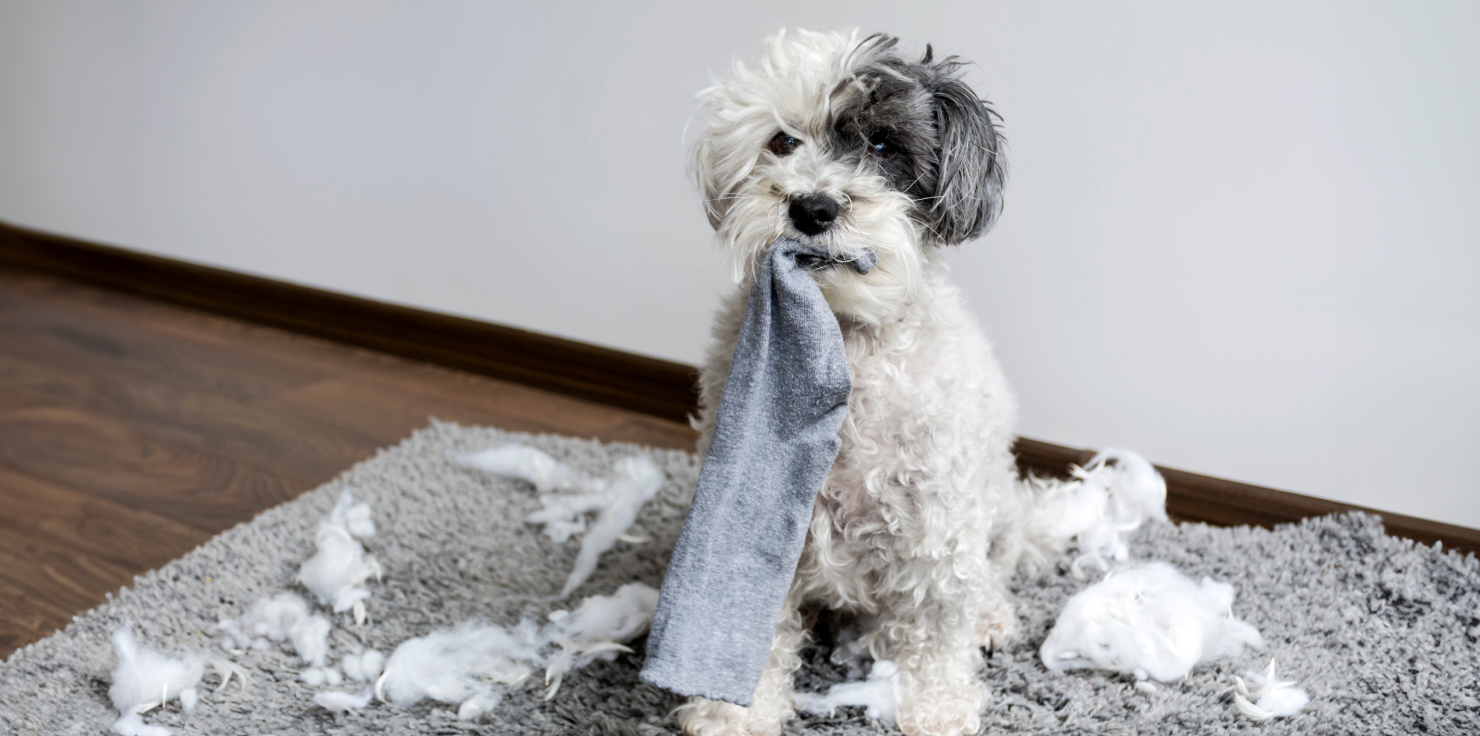
Anxiety or Destructive Behaviors
When senior pets are not getting enough exercise, they may become anxious, irritable, or exhibit destructive behaviors. These behaviors can be a sign that they are bored, stressed, or feeling out of sorts.
Calming Activities to Relieve Stress
Regular, moderate activity can help alleviate stress and improve your senior pet’s mood. Engage them in calming activities like gentle walks, playtime with their favorite toys, or structured activities like training sessions. These activities can provide mental stimulation and physical exercise, helping to reduce stress and anxiety.
Sign 6: Loss of Muscle Mass
Muscle Atrophy Due to Inactivity
As senior pets become less active, they may experience muscle atrophy, which is a loss of muscle mass. This can lead to decreased strength, balance, and overall mobility.
Encouraging Safe Exercise for Muscle Maintenance
To help your senior pet maintain muscle mass, encourage them to engage in regular physical activity. Activities like walking, controlled play, or even climbing stairs can help strengthen their muscles and improve their overall health. It’s important to choose activities that are appropriate for your pet’s age and physical condition.
Conclusion
By recognizing these signs and taking steps to increase your senior pet’s activity level, you can help them maintain their health, mobility, and quality of life. Regular exercise can provide numerous benefits, including improved mental and physical well-being.
Remember, if you’re concerned about your senior pet’s activity level, always consult with your veterinarian for personalized advice. They can help you create an exercise plan that is appropriate for your pet’s age and condition. A little extra activity can go a long way in keeping your senior pet happy and healthy.
Additionally, PEMF Therapy has been proven to be an effective solution for optimizing overall health and well-being in animals. By utilizing soothing electromagnetic pulses, PEMF may promote enhanced mobility, energy, and recovery in your pet at the cellular level.
This revolutionary wellness modality is transforming the world of animal care! Learn more about the incredible benefits of PEMF therapy for animals here.

